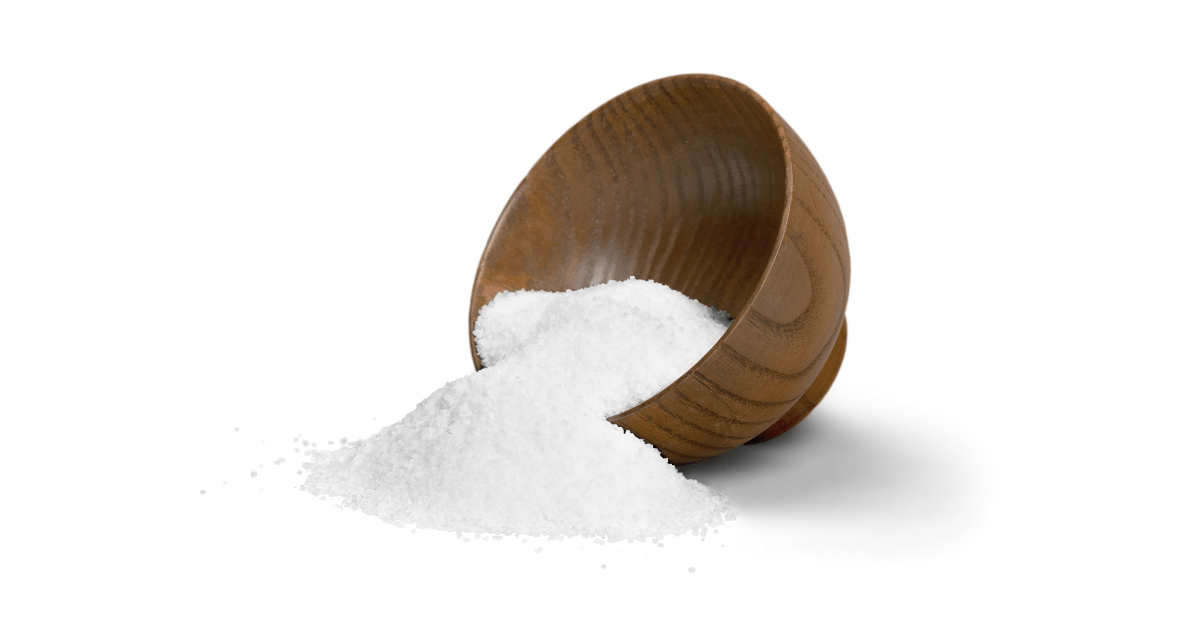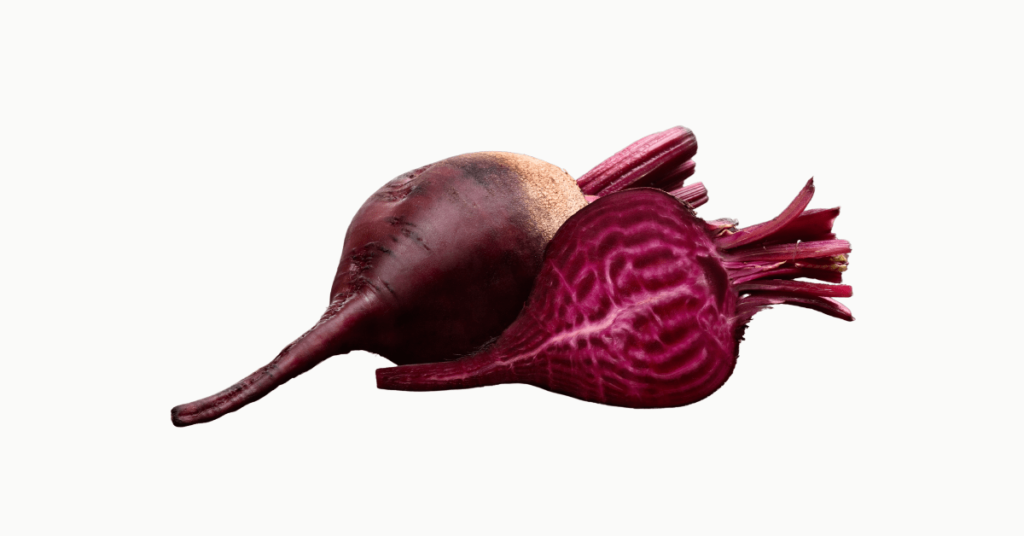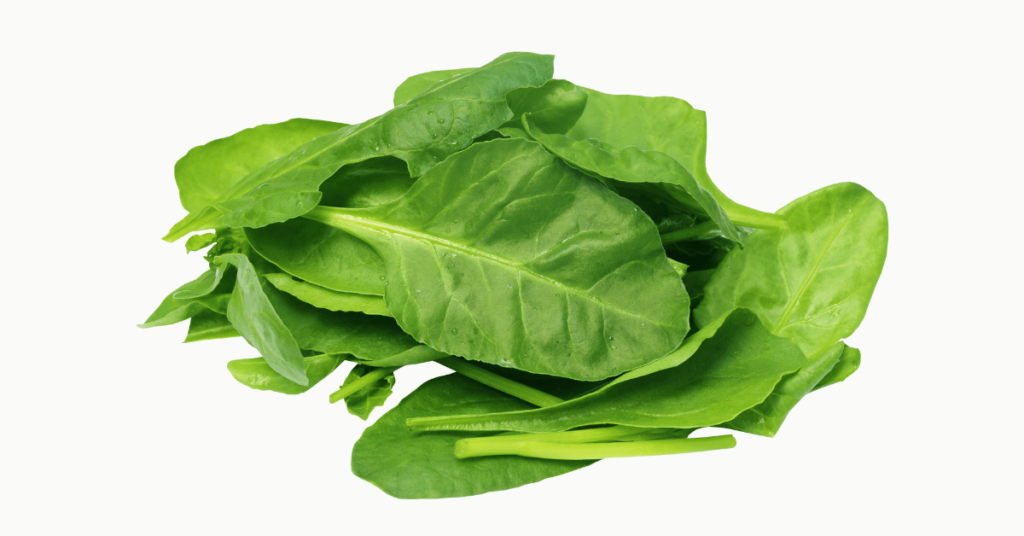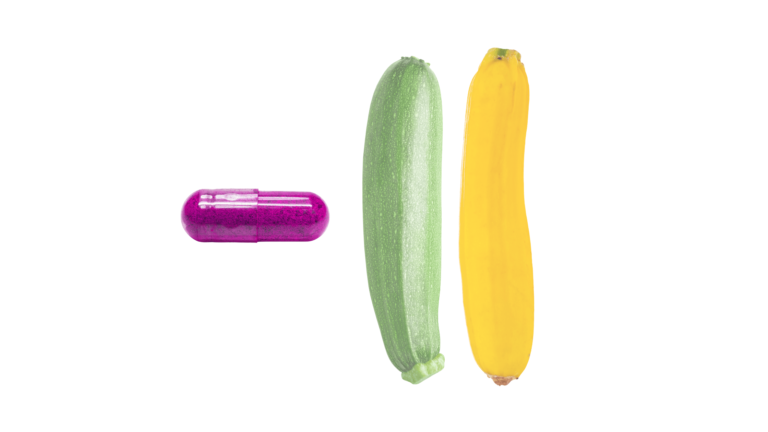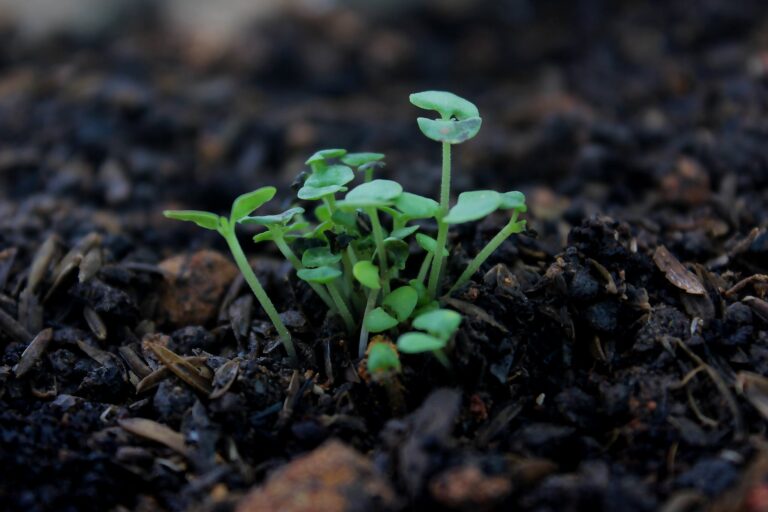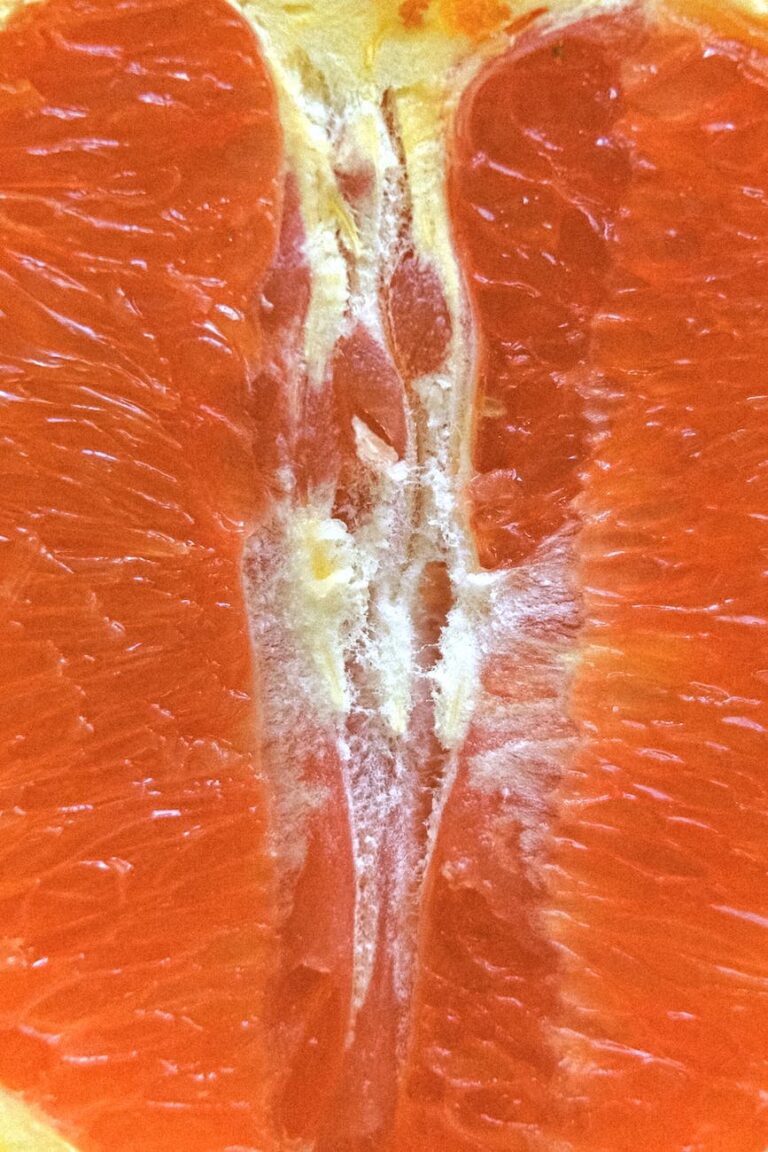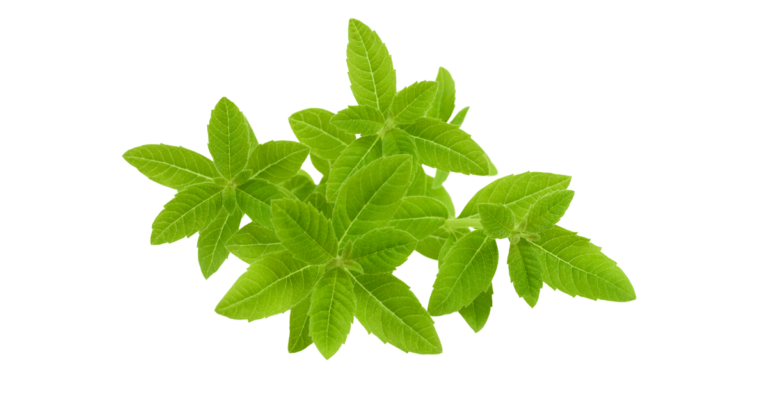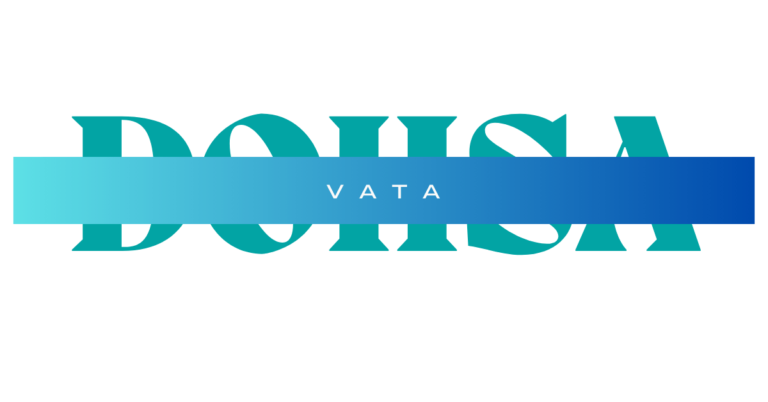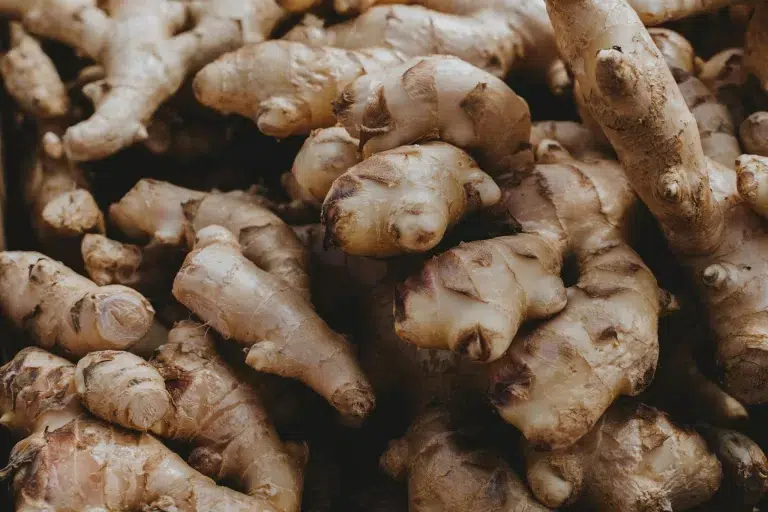No Salt Diet, Understanding Salt For Better Well being
A No Salt Diet
A no salt diet involves the consumption of food without added salt.
It is important to understand that added salt and natural sodium from foods are two different things.
Examples of this diet may include raw or prepared meals or singular food, such as soup or a bowl of organic beetroot with no added salt.
This type of diet involves no addition of salt as an additive, however some foods contain sodium naturally. It’s important to note that the term “salt” is not interchangeable with the “natural sodium content” found in food.
While salt is an additive, some foods do contain a certain amount of sodium which is vital for the body (as part of a well-balanced diet).
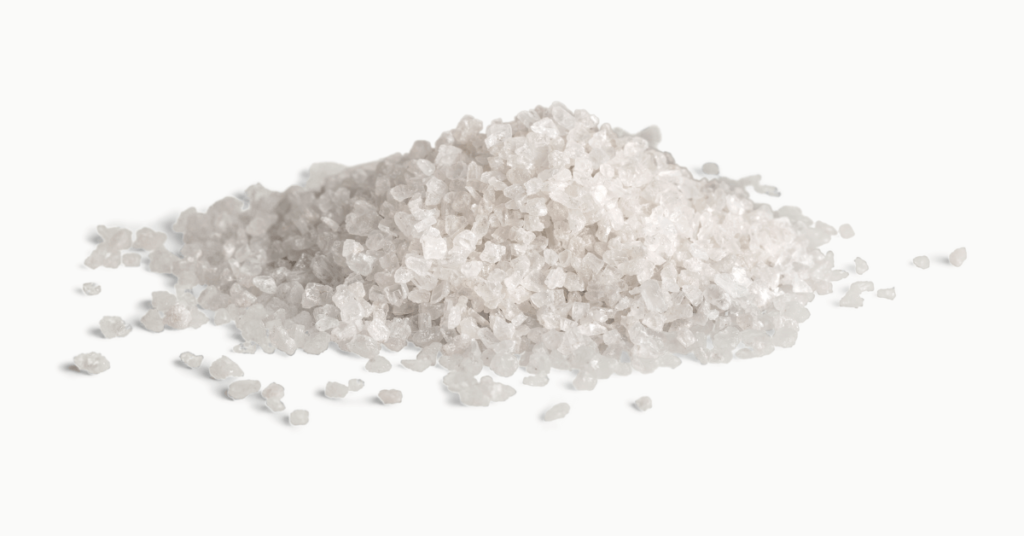
Key Points In This Article
This article is for information only and not a substitute for medical advice. Consult a healthcare professional before making any changes.
- The key points in this article include, the difference between sodium an essential mineral (electrolyte) and refined sodium chloride.
- What a no salt diet means, reasons for use, potential benefits and the Ayurvedic approach.
- Certain foods naturally contain sodium which is different from refined sodium chloride. These foods also offer several exceptional bioactive compounds and several phytochemicals.
- A few relevant case studies.
1. Differentiation, Salt, Sodium, Saltiness
To gain a better understanding about the diet, it is important to differentiate between the mineral ‘sodium,’ ‘salt,’ and ‘saltiness.’
Sodium
Sodium is a crucial naturally occuring mineral and it is in a number of foods, such as vegetables, natural salts etc. It is obtained from dietary foods which is an exogenous process, obtained externally.
Exogenous process: the amount of sodium in the body is primarily controlled by exogenous factors such as diet and environmental exposure.
Sodium is an essential micronutrient that cannot be generated by endogenous processes and must be obtained through the diet
(Bernal et al., 2023)
Salt
Salt is crystallized sodium chloride obtained from sodium ions and chloride ions.
Importantly, the extraction process impacts the concentration levels of sodium chloride. It maybe unrefined or refined. For instance, unrefined rock salt or refined white table salt vary in concentration levels.
Refined Table Salt
Refined white table salt is a concentrated sodium chloride extraction and is the most common additive in commercial processed foods.
Typically, it is void of any other trace minerals due to heavy refining processes involved.
Saltiness
Saltiness is taste experienced from sodium ions through tongue receptors. Some vegetables may have a natural, minor, saltiness to them due to the presence of sodium, for instance, celery, beetroot, wilted spinach.
Purpose of A No Salt Diet
- Essentially, this diet is a type of dietary adjustment, first and foremost.
- The main reasons for this dietary adjustment depends on individual circumstances, most of which involve improving one’s overall well being. As well as helping symptomatic relief of chronic issues.
- Also, a “no salt diet” is different from a “low salt” diet. The former involves no salt added at all and the latter, a lower salt intake rather than nil.
Reducing Excess?
However simple as it may sound, there are a number of research studies that recognise the negative effect of excessive sodium chloride intake. Some of which include, cardiovascular and kidney related chronic problems.
A number of these studies point to the use of refined white salt as an additive in processed and preserved foods as being a major factor in excessive intake.
The study by, Suckling & Swift, 2015, titled, “The health impacts of dietary sodium and a low-salt diet. Clinical Medicine,” 15(6), 585-588 offers more detail to help understand the healthy use of salt further.
An interesting statistic from the European Commission Data found that salt consumption among adults in most European countries ranges from 7 to 13 g per day (source Sciencedirect), which is above the optimum level for healthy individuals.
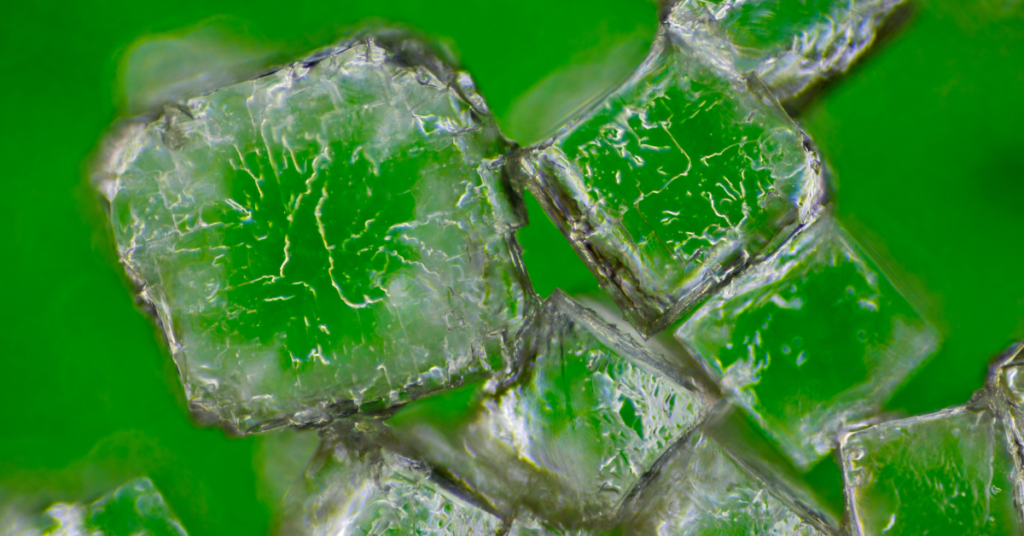
The Pros
Subsequently, the positive effect of reducing or practicing a no added salt diet for a period of time is also well studied.
Some of the positive impact studied includes, relief in high blood pressure, symptomatic relief in kidney related issues, improved hydration levels etc (depending on individual circumstances).
According to Zhang et al. (2022), re-assessing dietary intake may also improve hydration status. Higher intake is associated with poor hydration levels in younger adults.
Adjusting intake or making better choices in the type of salt consumed is also another way healthy individuals work to improve their general dietary habits.
This is more of a long term approach adopted by a number of health conscious individuals.
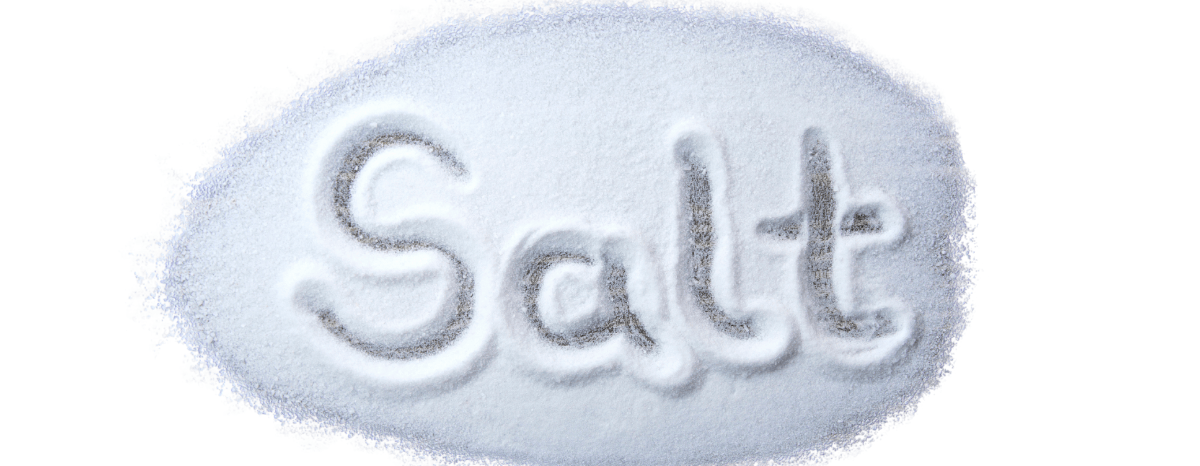
The Benefits Of Knowing The Difference
Benefits of this diet entirely depend on individual circumstances and the purpose for the diet.
In Spite of the recognised list of potential benefits, they apply in accordance with individual circumstances.
- In particular, the focus is on reducing excessive use of concentrated sodium chloride in foods (as an additive). It is important to know the difference between sodium, and salt as an “additive” in order to identify and improve dietary patterns where required.
- For instance, a healthy individual may want to give their digestive system a break and adopt a no added salt diet in a timed manner for 7 days but they maintain their sodium levels from a balanced diet.
- Also, it is not uncommon for a healthcare professional to recommend an individual with high blood pressure to reduce their refined salt intake for a specific period of time under monitoring.
Is All Salt Bad?
Not all salt is bad, natural mineral salts are used for a number reasons, including, taste, medicinal effects and in a number of other therapeutic requirements.
For instance the Ayurvedic diet, involves use of certain salts for particular day to day consumption as well as medicinal reasons.
The general consensus is worldwide is, “quantity matters greatly” and depends on individual factors.
Traditional & Modern Views
Traditional and modern sciences apply the use of this diet for several reasons. Some of which this article will explore inline with available research.
Referring back to the study by Suckling and Swift (2015), “it was discovered that for millions of years, humans consumed very little salt, less than 0.25 g per day.”
However, the intake of salt has significantly increased over time and now stands at an estimated 9 to 12 g per day in most countries worldwide. This is much higher than what our evolutionary ancestors used to consume.
It also suggests that, high consumption is linked to high blood pressure, increased risk of cardiovascular disease, as well as gastric cancer, renal stone disease, and osteoporosis.
The main point being is “quantity” matters and a “balanced diet” is vital.

2. Ayurvedic Science on Salt Use
According to Ayurveda salt is vata dosha friendly but may disturb pitta and kapha doshas. However, this depends on the individual and their primary dosha, type of salt, quantity and circumstances.
It also recognises in line with worldview that excessive salt intake of any kind can be counter productive and in extreme instances harmful.
Here are a few key takeaways from Ayurveda
- Saltiness is an important taste in dosha balance according to Ayurvedic principles.
- Natural rock salt is preferred in Ayurveda for daily consumption within recommended amounts.
- Dosha – vata friendly and may vitiate pitta and kapha dosha depending on the type of salt and use.
- Ayurveda uses different unrefined natural salts, such as Himalayan pink, black, rock and others.
- Ayurvedic diet principles suggest to obtain natural sodium from a variety of dietary sources.
- It suggests that Himalayan rock salts in moderation may have therapeutic effects due to the presence of other trace minerals.
Ayurveda on Himalayan Pink Salt: Rock Salt
According to Ayurveda, Himalayan pink salt is recognized as tridoshic, therefore it has the potential to balance all three Ayurvedic doshas.
The salt is associated with digestive strength, heart friendly, helpful in respiratory wellbeing, joint stiffness and in a number of other areas.
However, dietary changes are carried out by seeking the advice of a professional first, for safety and to optimise the value of a particular diet.
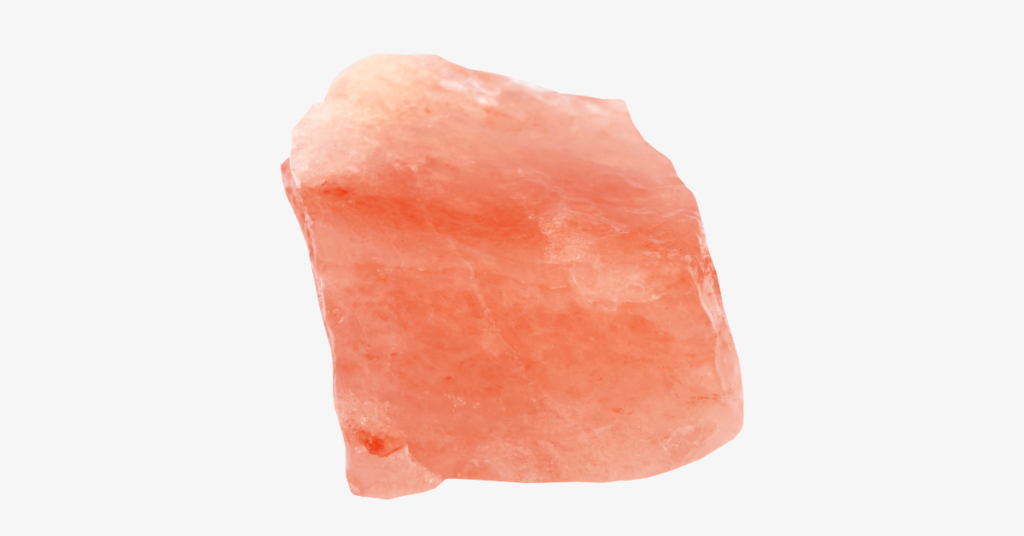
Case Study
Chander et al. (2020) conducted a study on the structural characterization of Himalayan black rock salt using Field emission scanning electron microscopy, X-ray diffractometry analysis and in-vitro antioxidant activity.
They found that the salt exhibited significant antioxidant activity and its physical and chemical properties were characterized by Field emission scanning electron microscopy and X-ray diffractometry analysis.
The study was published in the journal Science of the Total Environment. Here is a link to the study for more information – Himalayan black rock salt.
Ayurveda ‘No Added Salt’ Diet
It is important to note that a salt-free diet in Ayurvedic principles should only be prescribed under professional advice, as individual circumstances need to be taken into account.
If this type of diet is being considered, it is important to determine the reason for the diet and ensure that dietary sodium is obtained from other natural sources, while adhering to the recommended amounts.
There may be several reasons for adopting a no salt diet, such as chronic health issues or as a general digestive break.
Other factors to take into account include, a time-bound diet, monitored to ensure optimal adjustments and in some cases it may be a regular practice.
The next section explores sodium and a few scientific case studies in more detail.
2. The Mineral Sodium, an Electrolyte
Sodium is a mineral, known as an electrolyte and it is essential for several critical body functions.
Electrolytes are minerals that have an electrical charge and are crucial for many bodily functions.
Sodium & Body Functions
Here are some important functions of sodium in our body:
- Sodium helps in maintaining the balance of fluids in the body.
- It is an essential electrolyte that plays a crucial role in transmitting nerve impulses and muscle contractions.
- Sodium also helps in regulating blood pressure.
- It helps in the proper functioning of the digestive system.
- Sodium is essential for the absorption of some important nutrients such as glucose and amino acids in the body.
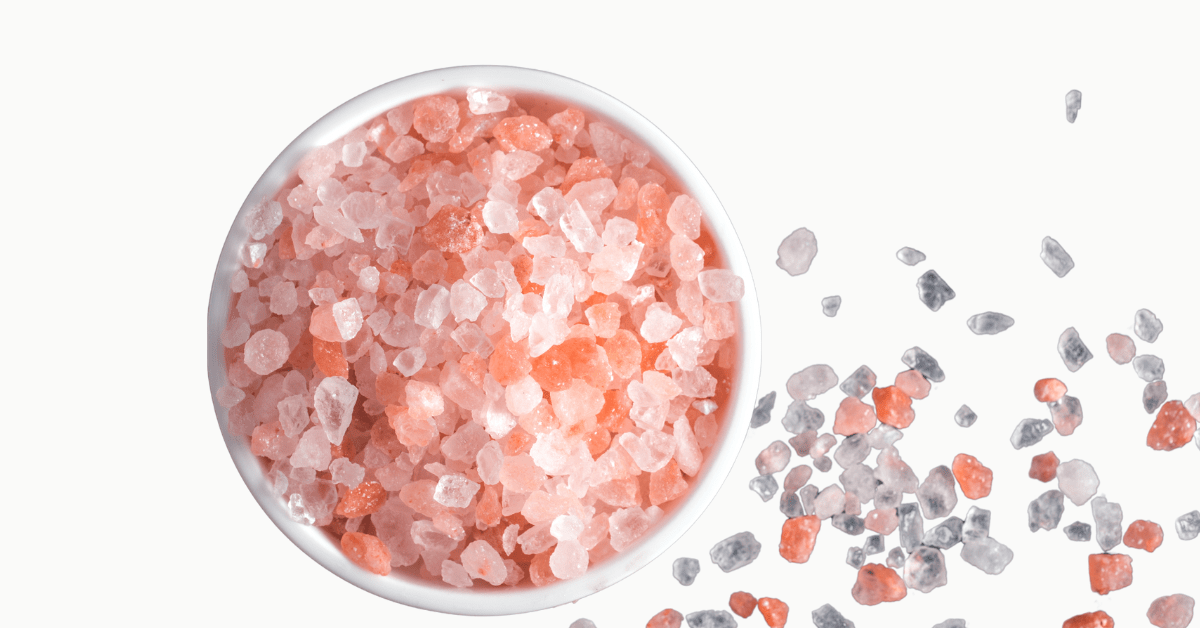
Excess Sodium
However an excess of concentrated sodium can have negative effects on body functions.
A number of factors have to be taken into account: such as, the actual recommended sodium intake, source of sodium, health concerns etc.
It’s essential to consider individual health status and dietary needs when determining the appropriate amount of sodium requirements.
Food Additive
Although, sodium is in all salts, there are differences between natural derived salts and a refined sodium chloride. With the latter being used throughout commercially manufactured foods.
Identifying food additives can be difficult, especially in processed foods or restaurant-prepared meals.
It is important to read the ingredients list carefully to make informed decisions about food choices for a balanced diet.
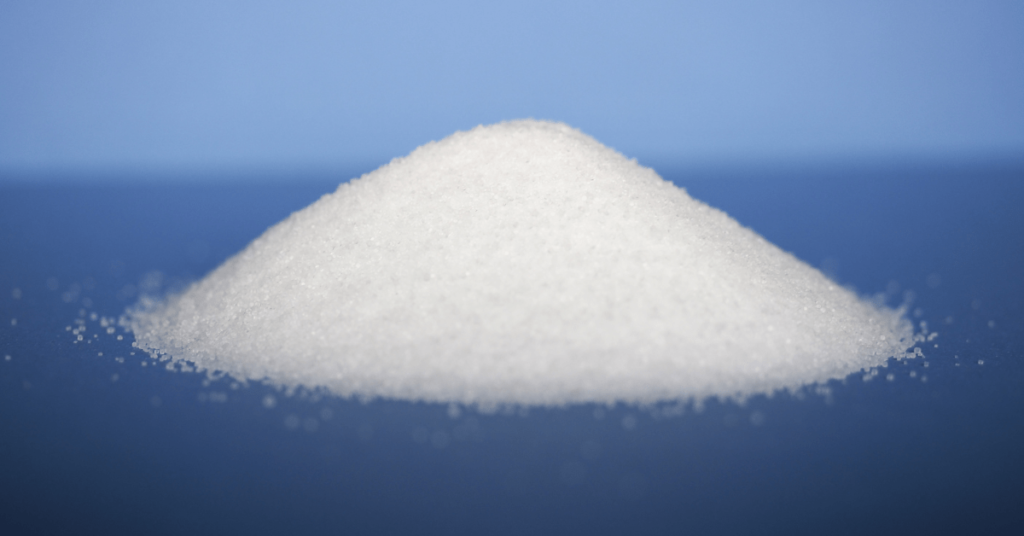
Table Salt
Table salt, also known as sodium chloride, is a crystalline form of this compound that is widely used as a seasoning and preservative in food.
It is the result of the chemical combination of positively charged sodium ions and negatively charged chloride ions.
| Sodium Chloride > | Refined Table Salt (NaCl) |
| Sodium chloride (NaCl) is a compound made up of sodium ions and chloride ions (Cl-). | During the refining process of table salt, minerals are removed, leaving behind pure sodium chloride. It is concentrated. |
Points on table salt
- It is primarily composed of sodium chloride (NaCl) and may contain additives such as anti-caking agents (sodium aluminosilicate) and iodine.
- It goes through refining process that removes trace minerals naturally present in other types of salts.
Commercial Foods
A majority of ready meals, in some cases restaurants and other commercial foods may contain a considerable amount of added sodium chloride.
This is usually, added for taste or to preserve the packed food for longer shelf life and to enhance taste. The factors of cost of production and profitability also play a role.
Sodium In Natural Vegetables
- Orgainic Beetroot
- Organic Spinach
On the other hand, some foods are naturally salty or contain more sodium ions than others, for instance, beetroot, spinach leaf, etc.
- It’s important to consider the overall composition of a food when evaluating the potential health effects of its sodium content.
- Natural foods containing sodium also provide essential micro and macro nutrients, while refined sodium chloride lacks such nutrients. Hence, it’s crucial to consider the chemical relationships between different components of a food.
For a healthy individual it is recommended to consume whole foods containing naturally occurring sodium as part of a healthy diet instead of relying solely on refined salt as the primary source of sodium.
How We Experience Saltiness
We experience saltiness through taste buds on our tongue that are sensitive to sodium ions. These taste buds send signals to the brain, which perceives the sensation of saltiness.
The compound responsible for saltiness is sodium chloride. This should not be confused with the presence of sodium, as some vegetables contain sodium and may not be salty comparatively.
However, when compared to other vegetables, celery for example may have a mild saltiness to it.
3. Suitability of Diet
It is important to note that while some individuals may still require a no salt diet, the focus has shifted towards reducing the amount of salt, particularly refined salt, that is added to food.
This is to ensure that the body’s sodium requirements are met while also promoting overall health and wellness.
Suitability of this diet depends entirely on individual circumstances.
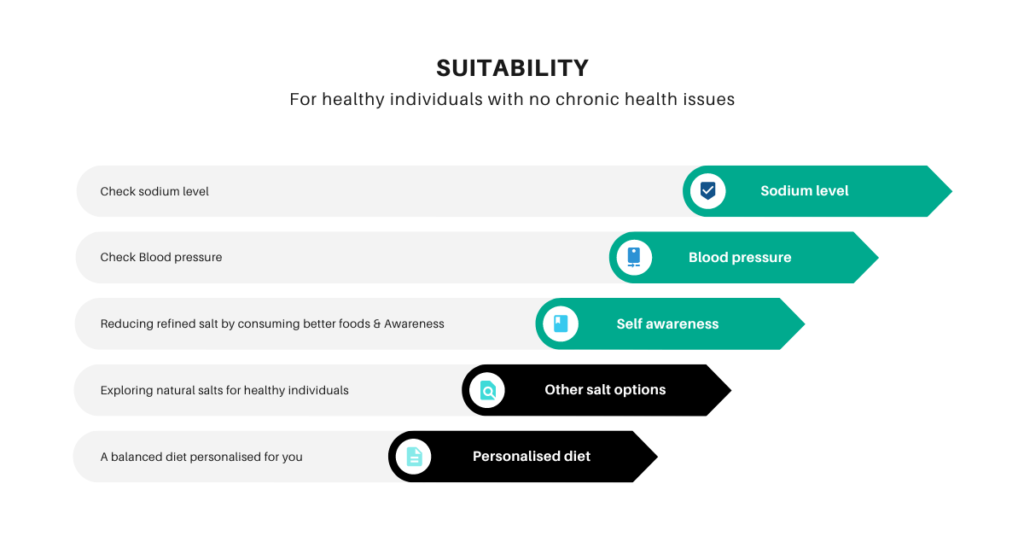
Factors to consider
- Underlying health issues.
- The reasons to adopt this type of a diet are based on Individual requirements.
- Being aware of your sodium level & salt intake.
- How long the diet needs to be adapted.
- Maintaining normal dietary sodium level.
- Types of food to consume and considering other kinds of salts.
- Biofeedback and close monitoring during and after.
Dietary Sodium from natural foods
Here are some natural foods that contain amounts of sodium. For individuals on low sodium diet these may be avoided when required.
For healthy individuals these foods may form part of a well balanced diet.
When compared to other vegetables some of these may have subtle hints of saltiness. This can also be as a result of other minerals such as potassium and magnesium.
- Beetroot, raw: 100 gram may contain 78 mg of sodium.
- Kale, raw: 100 gram may contain 53 mg of sodium.
- Spinach, raw: 100 gram may contain 79 mg of sodium.
(Figures obtained from United States Department of Agriculture, USDA)
Commercial Foods
Heavily processed foods that contain refined salt, such as breads, baked goods, tinned foods, fast foods, preserved and long shelf life food etc may contain higher amounts of sodium, sodium chloride.
These foods contribute to the amount of sodium chloride consumed on a daily basis and often go unnoticed.
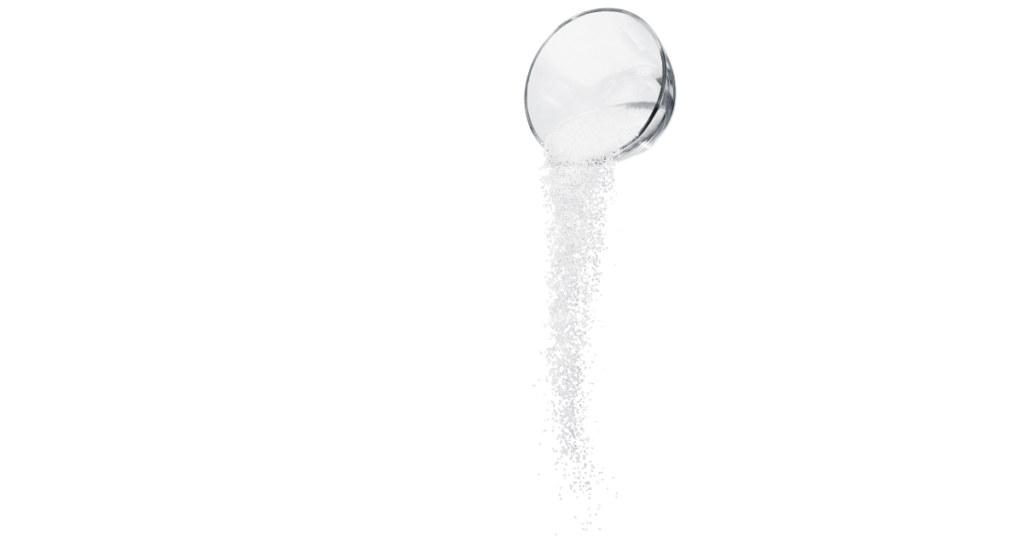
4. Case Study
Excessive salt consumption has been linked to several health problems in numerous research studies.
Here are the key takeaways of one study amongst many:
Is to much salt harmful? Yes
In their 2020 case study, Agócs, Sugár, and Szabó aimed to determine whether too much salt is harmful.
Here are the key bullet points from their findings:
- Consuming too much salt is linked to various health problems, including hypertension and cardiovascular disease.
- Reducing sodium chloride intake can significantly lower blood pressure and reduce the risk of cardiovascular disease.
- Encouraging children to adopt healthy eating habits and consume less salt can be an effective way to prevent hypertension and other related health problems.
The full study can be read at this link.
Daily Amounts (WHO)
According to Sciencedirect, the acceptable amount of salt per day as per (WHO) recommendations is as follows:
- < 5 g/day of dietary salt intake
- (< 2 g/day sodium) provides an internationally accepted baseline for reformulation efforts.
(WHO) provides detailed information on understanding sodium consumption in values further. Here is a helpful link to their information for more in depth details Fact Sheet- by WHO.
Helpful Considerations
For healthy individuals, generally making better choices on diet ingredients can prove to be beneficial in several ways.
Here are some useful tips to consider when contemplating sodium chloride:
- Seek the advice of a professional for dietary personalisation.
- Read the label on foods.
- Consider more fresh cooked foods.
- Explore natural dietary salt options.
- Consider reducing daily quantity.
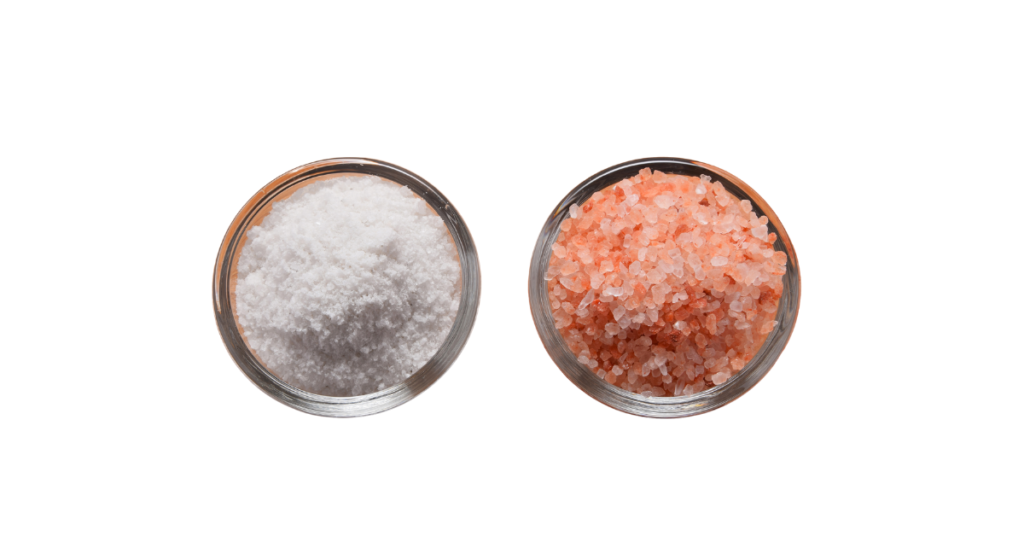
Summary
To clarify, a “no salt diet” refers to a diet that excludes added salt, and this article specifically focuses on salt as an additive in prepared foods.
Studies have linked the excessive use of refined salt to various negative impacts on health. It’s important to note that table salt (sodium chloride) is different from the mineral sodium, which is required by the body for specific functions and can only be obtained from external sources, such as through our diet.
However, consuming excessive amounts of sodium can also be harmful. There are several natural sources of sodium, such as vegetables, and unrefined salts provide more dietary options. Whether a no salt diet is suitable depends entirely on individual circumstances and requirements.
Precautions
Precautions and personal responsibility are crucial. Check the suitability of any diet or wellness routine for any person, pregnant, allergy or individuals with any health concerns. Seek professional advice before making any dietary changes.
This is an informational post only and does not constitute professional advice.
Frequently Asked Questions
It depends on individual requirements; seek the advice of a professional.
Yes, some vegetables contain more sodium ions than others.
This depends on your individual circumstances, seek the advice of a professional.
Reference & online sources
- Hogas, M., Statescu, C., Padurariu, M., Ciobica, A., Bilha, S. C., Haisan, A., Timofte, D., & Hogas, S. (2022). Salt, Not Always a Cardiovascular Enemy? A Mini-Review and Modern Perspective. Medicina, 58(9).
- Suckling, R. J., & Swift, P. A. (2015). The health impacts of dietary sodium and a low-salt diet. Clinical Medicine, 15(6), 585-588.
- Agócs, R., Sugár, D., & Szabó, A. J. (2020). Is too much salt harmful? Yes. Pediatric Nephrology (Berlin, Germany), 35(9), 1777-1785.
- Zhang, J., Zhang, N., Liu, S., Du, S., & Ma, G. (2022). Young Adults with Higher Salt Intake Have Inferior Hydration Status: A Cross-Sectional Study. Nutrients, 14(2).
Ayurvedic sources
Whole Natural Salts
- Chander V, Tewari D, Negi V, Singh R, Upadhyaya K, Aleya L. Structural characterization of Himalayan black rock salt by SEM, XRD and in-vitro antioxidant activity. Sci Total Environ. 2020 Dec 15;748:141269.
- Lee, H., Yang, R., Kim, M. Y., McCurdy, S., & Boisvert, W. A. (2017). Natural sea salt consumption confers protection against hypertension and kidney damage in Dahl salt-sensitive rats. Food & Nutrition Research, 61(1).
- Kojuri, J., & Rahimi, R. (2007). Effect of “no added salt diet” on blood pressure control and 24 hour urinary sodium excretion in mild to moderate hypertension. BMC Cardiovascular Disorders, 7, 34.
- Schmidt-Pogoda, A., Strecker, K., Liebmann, M., Massoth, C., Beuker, C., Hansen, U., König, S., Albrecht, S., Bock, S., Breuer, J., Sommer, C., Schwab, N., Wiendl, H., Klotz, L., & Minnerup, J. (2018). Dietary salt promotes ischemic brain injury and is associated with parenchymal migrasome formation. PLoS ONE, 13(12).
- CDC, Poor nutrition: https://www.cdc.gov/chronicdisease/resources/publications/factsheets/nutrition.htm
- Rakova, N., Kitada, K., Lerchl, K., Dahlmann, A., Birukov, A., Daub, S., Kopp, C., Pedchenko, T., Zhang, Y., Beck, L., Johannes, B., Marton, A., Müller, D. N., Rauh, M., Luft, F. C., & Titze, J. (2017). Increased salt consumption induces body water conservation and decreases fluid intake. The Journal of Clinical Investigation, 127(5), 1932-1943.
Sodium
- Strazzullo, P., & Leclercq, C. (2014). Sodium. Advances in Nutrition, 5(2), 188-190.
- Bernal, A., Zafra, M. A., Simón, M. J., & Mahía, J. (2023). Sodium Homeostasis, a Balance Necessary for Life. Nutrients, 15(2).
You may find this resource helpful for further reading
Ayurvedic Diet: Principles

